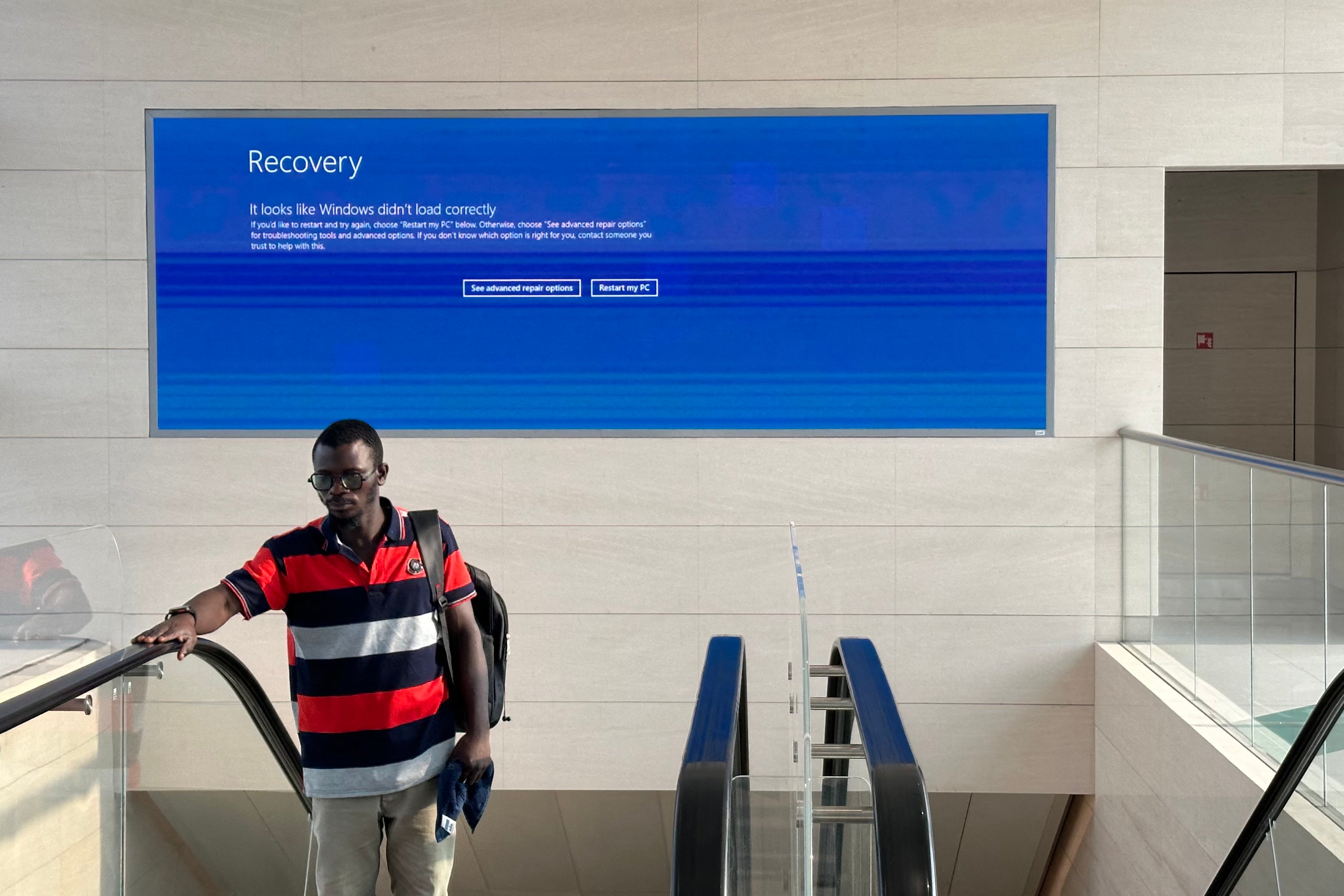Microsoft bids farewell to the Windows blue screen of death after 40 years

Microsoft is getting rid of the infamous Windows blue screen of death after nearly 40 years.
Most Windows users will have encountered the screen and its “Recovery” message most likely at an inconvenient moment.
The software company announced Thursday that it was rolling out a simplified user interface in its place – a black screen of death.
The rollout also comes almost a year on from a major global outage following a faulty update from cybersecurity company CrowdStrike.
Airlines, hospitals, emergency services and banks around the world that use Windows were affected and millions of Microsoft users were taken offline.

It caused approximately 8.5 million Windows systems to crash and companies lost billions of dollars due to lost productivity, among other issues.
As a result, Microsoft vowed to strengthen its cyber resilience.
“We are streamlining the unexpected restart experience,” David Weston, Microsoft’s vice president of enterprise and OS security, said in a blog post. “We are also adding quick machine recovery, a recovery mechanism for PCs that cannot restart successfully. This change is part of a larger continued effort to reduce disruption in the event of an unexpected restart.”
The new recovery system will launch later this summer on all Windows 11 24H2 devices, the company said.
The rollout will reduce the wait time during restarts to two seconds for most users, according to Microsoft.
“This is really an attempt on clarity and providing better information and allowing us and customers to really get to what the core of the issue is so we can fix it faster,” Weston added in an interview withThe Verge.
“Part of it [is] just cleaner information on what exactly went wrong, where it’s Windows versus a component.”
The blue screen was developed in the early 90s, Microsoft developer Raymond Chen wrote in a blog post.




